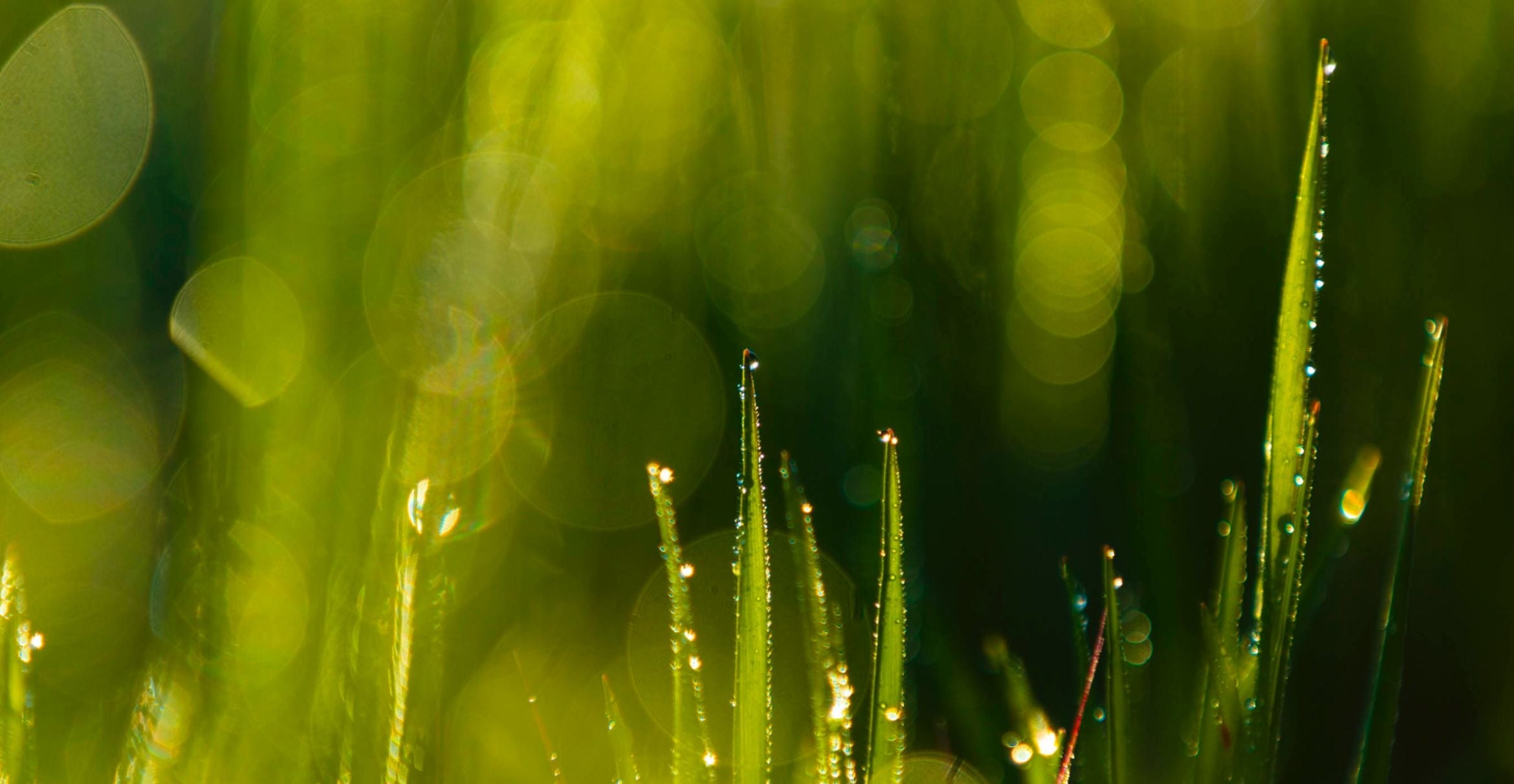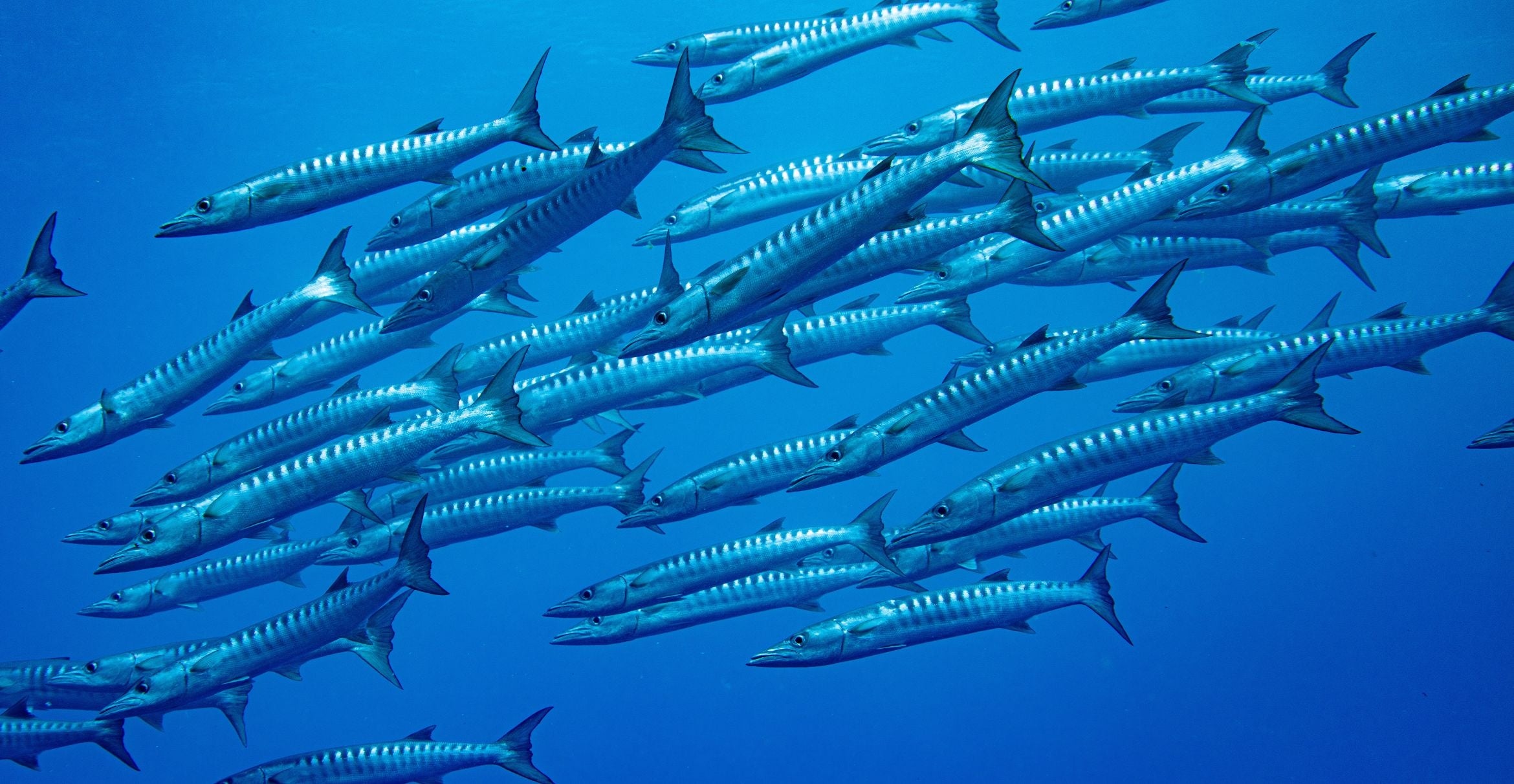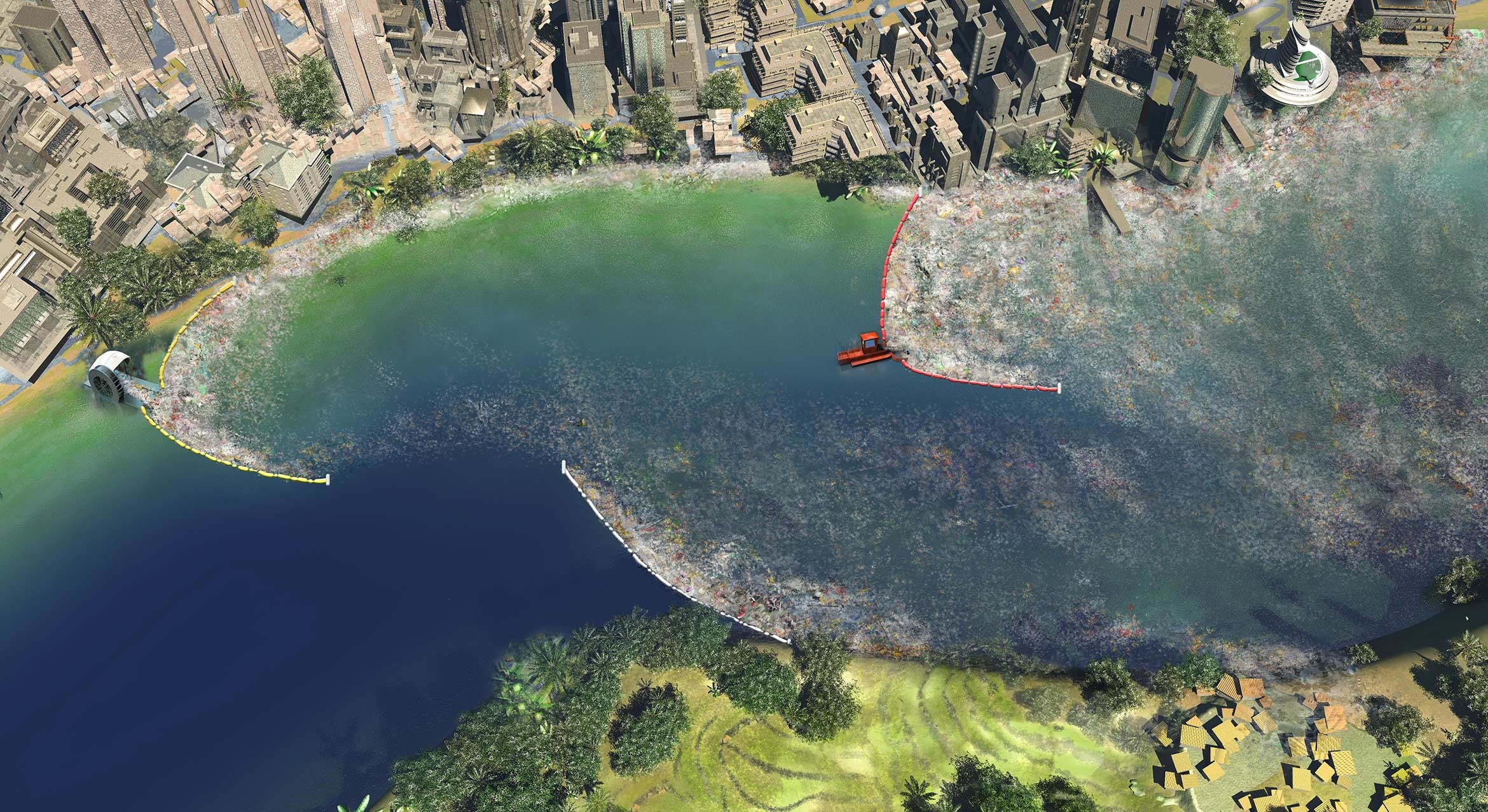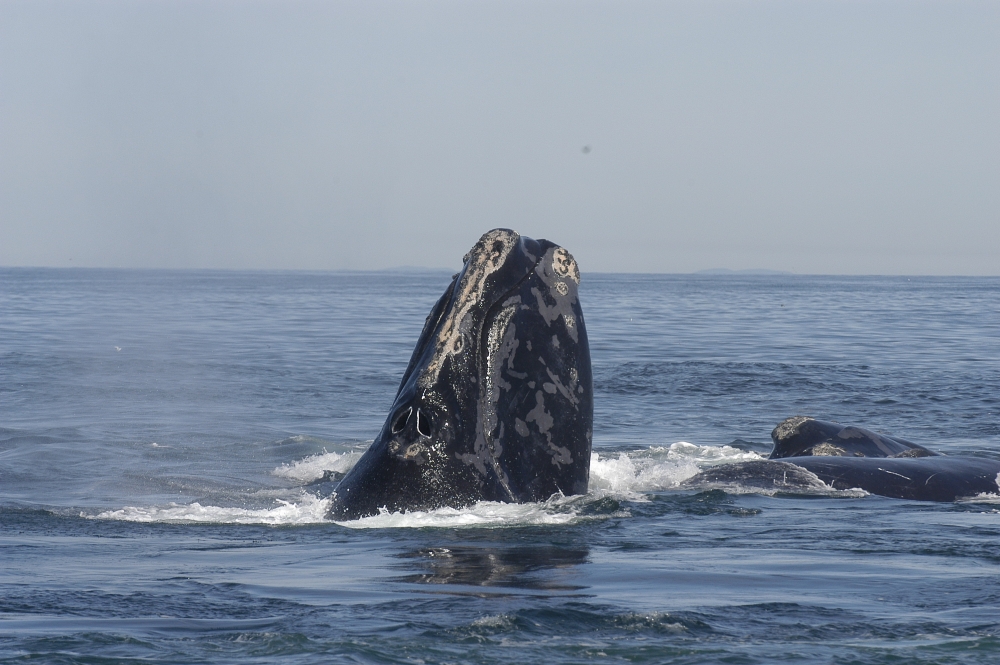
Under Pressure
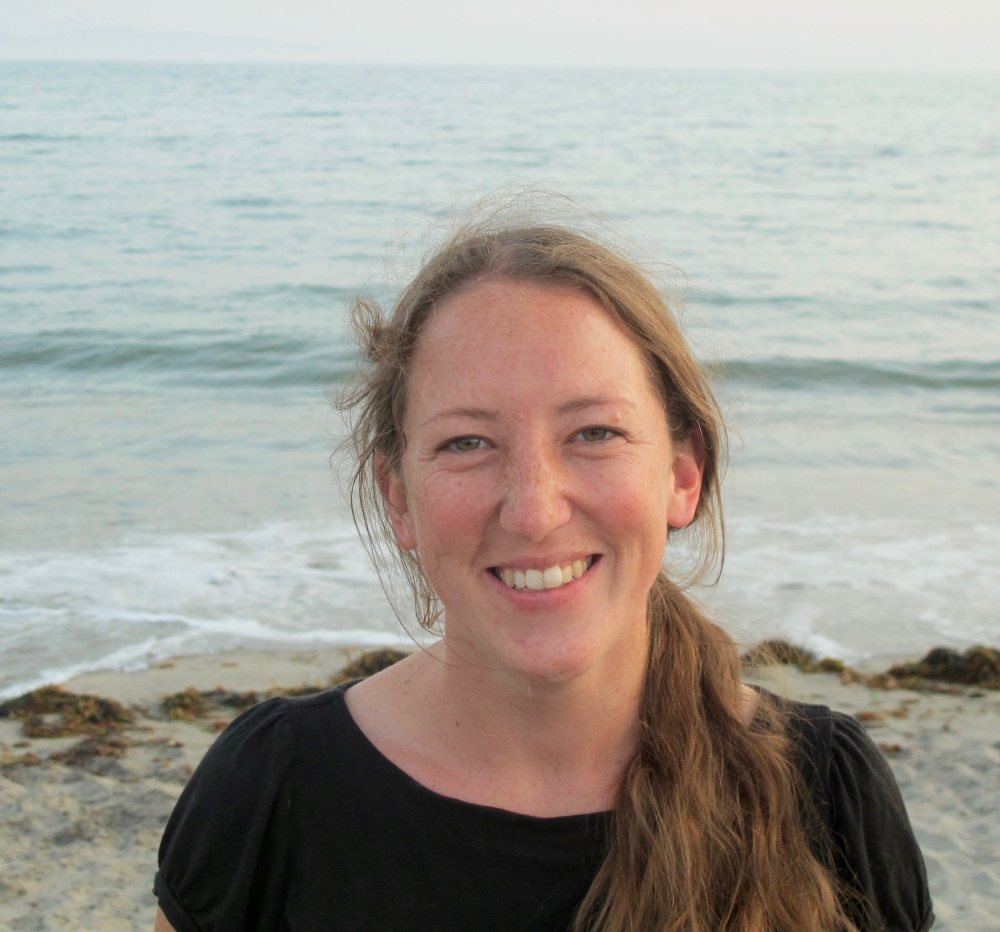
When 15 North Atlantic right whales turned up dead in U.S. and Canadian waters in the summer of 2017, it was declared an unprecedented mass mortality event. For a highly endangered species with slightly more than 500 animals remaining, the crisis signals a major shift in the population’s recovery — corresponding to a 3 percent loss.
Of the seven whales necropsied, six deaths were caused by humans — four by ship strike, two by fishing gear entanglement — and one was inconclusive. In addition to the staggering number of deaths, scientists also are puzzled by the location where most of the whale carcasses were discovered: Twelve were found in the Gulf of St. Lawrence, well north of the species’ typical distributional range.
Does climate play a role in this mystery? And how will the surviving population of these baleen whales fare in the next century under various climate scenarios? UC Santa Barbara quantitative ecologist Erin Meyer-Gutbrod addressed that question in new research she conducted at Cornell University with her doctoral adviser and co-author, Charles Greene.
The study links the two major environmental influences on right whale demography and population growth: prey-limited reproduction rates and anthropogenic mortalities. It also highlights the strong influence of climate-mediated prey fluctuations on population growth. The results appear in the journal Global Change Biology.
“We predict right whale population growth given future scenarios of climate-mediated food availability and policy-driven, human-caused mortality rates,” said Meyer-Gutbrod, a postdoctoral scholar at UCSB’s Marine Science Institute.
Finding food is a unique challenge for the 150,000-pound right whale because it feeds on tiny animals the size of rice grains. Because their food is so small, right whales must work to find very dense patches of these zooplankton to sustain themselves. In years when food is scarce, females cannot build up enough blubber to get pregnant or nurse their calves.
Climate phenomena that occur far away in the Arctic and North Atlantic can influence the amount of food that right whales find in and around the Gulf of Maine, their usual habitat. Calving rates closely follow these climate changes. In the 1990s, the right whale population stopped growing when the food supply decreased. In the first decade of the new millennium, zooplankton concentrations rebounded and many new calves were born, signaling a recovery of this endangered species.
However, the resurgence didn’t last long. Since 2010, calf rates have begun to decrease again, reminiscent of the low food availability in the 1990s. With food-limited birth rates and high human-caused mortality rates, this species is under a lot of pressure.
Meyer-Gutbrod and Greene built demographic models showing that even under normal prey conditions, the mortality event this past summer will cause a population decline.
“During periods of low food, birth rates plummet and the right whale population is even less resilient to ship strikes and fishing gear entanglement,” Meyer-Gutbrod explained. “As gulf waters warm and right whale prey shifts north in search of a colder climate, these animals may not be able to reproduce fast enough to replace all of the animals that are killed. This is particularly tragic given their already low numbers.”
Scientists have worked with the U.S. and Canadian governments to implement policies that reduce risks to whales in these highly trafficked waters. Shipping speed reductions and fishing gear modifications are critical for lowering anthropogenic mortality rates. However, right whale prey availability is much harder to control.
Meyer-Gutbrod and Greene’s study can help guide right whale management plans by demonstrating the interaction between these environmental factors. However, before scientists and managers can evaluate the effectiveness of new policy initiatives, they must understand all of the major changes in the whales’ environment from one year to the next.
“It’s critical to look at the whole picture and weigh changes in both births and deaths if we are going to determine what the population needs to survive and thrive,” Meyer-Gutbrod said.
